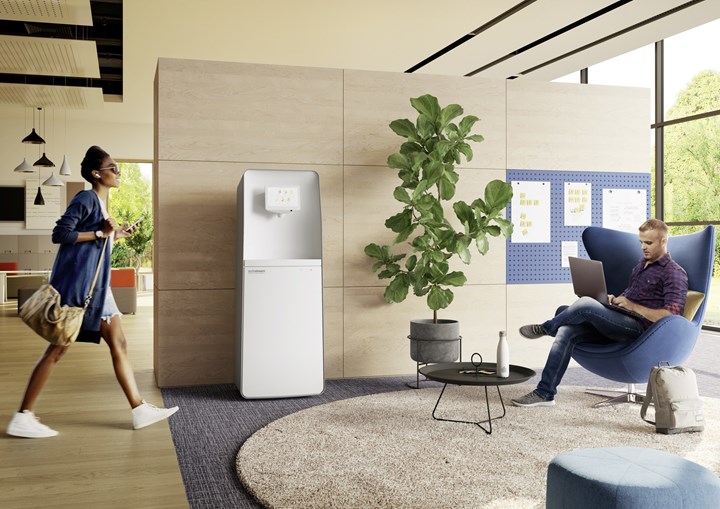New Pepsi Goal Would Deliver 20% of Beverage Servings Via Reusable Models by 2030
PepsiCo will pursue multiple strategies to reduce proportion of single use packaging.
announced a goal to increase the proportion of beverage servings delivered in reusable packaging to 20% by 2030.
Pepsico acquired the resuse platform SodaStream for $3.2 billion in 2018. Sodastream devices use tap water and carbon dioxide cylinders to deliver carbonated drinks in the home, office, or school setting.

Pepsi plans to introduce Sodastream to workplaces and universities.
Photo Credit: PepsiCo
PepsiCo has also set a goal to reduce the amount of virgin plastic per serving by 30% by 2030 and to reach “Net Zero” by 2040.
The company will pursue four approaches to achieve its new packaging goal, including expanding its Sodastream 大象传媒, building out its refillable PET and glass bottle offerings, growing its fountain drinks 大象传媒 with reusable cups, and accelerating growth in powders and concentrates.
PepsiCo currently has refillable and returnable glass and plastic programs in Mexico, Guatemala, Colombia, Chile, Germany and the Philippines.
“We welcome this significant step forward by PepsiCo and we hope other global brands will follow suit and similarly set quantitative reuse targets helping to reduce their use of virgin plastics in packaging ," said Sander Defruyt, plastic initiative lead at the Ellen MacArthur Foundation.
Related Content
-
Coca-Cola’s Redesign of Small PET Bottles Pushes Lightweighting Below Prior ‘Floor’
Coca-Cola thought it had reached the limits of lightweighting for its small PET carbonated soft drink bottles. But a “complete redesign” led to a further 12% reduction.
-
US Merchants Makes its Mark in Injection Molding
In less than a decade in injection molding, US Merchants has acquired hundreds of machines spread across facilities in California, Texas, Virginia and Arizona, with even more growth coming.
-
Get Color Changes Right In Extrusion Blow Molding
Follow these best practices to minimize loss of time, material and labor during color changes in molding containers from bottles to jerrycans. The authors explore what this means for each step of the process, from raw-material infeed to handling and reprocessing tails and trim.







